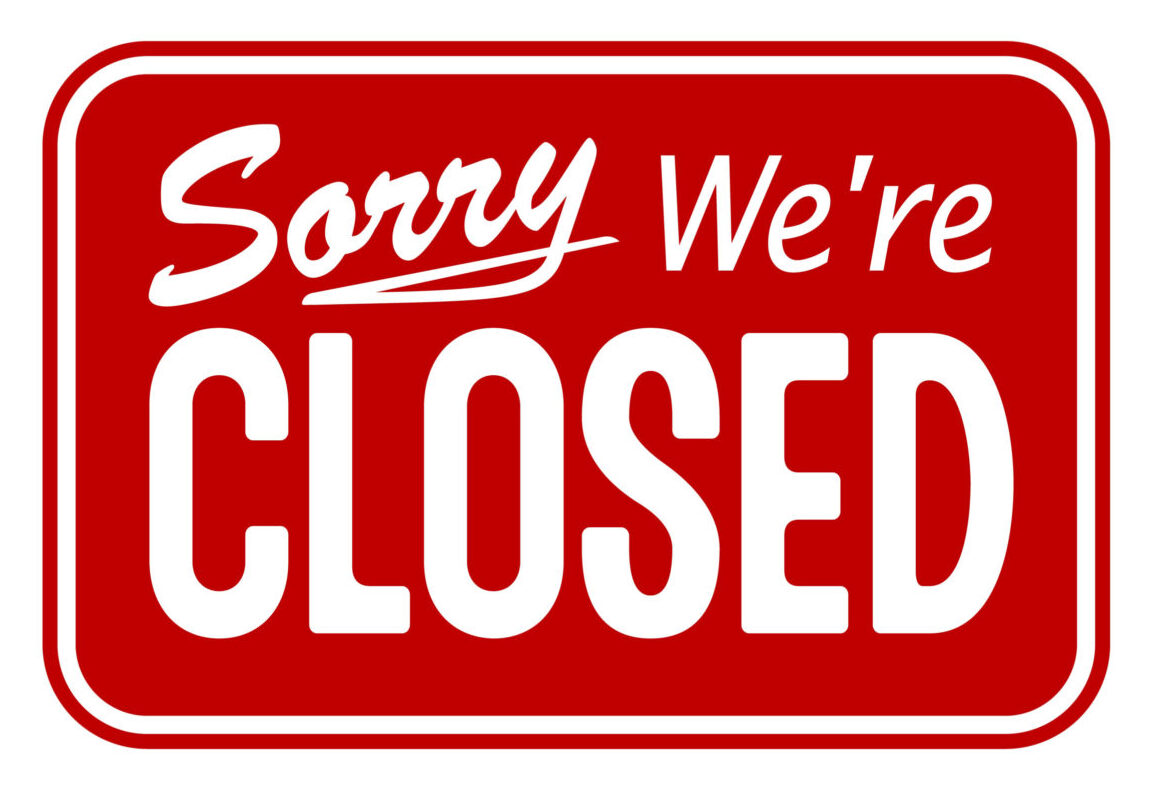What would you do if I asked you to be “better?” Would you get up earlier in the morning? Would you call different people on the phone? What would you work on exactly? What if instead I asked you to be more aggressive? Would you walk faster? Would you ask your clients for more money? Raise the tone of your voice?
I cringe every time I hear a manager say that he likes a particular sales person because she is “hungry” but is not too keen on another one because he is “entitled.”
Way too many sales people have to make educated guesses about what their managers expect from them when a simple set of numbers would give them all the clarity they need. Let’s eliminate all the vague, subjective ways with which we currently communicate with our sales people and instead engage them in conversations about performance numbers that they can control.
We should aspire to give our sales people the same level of clarity about their performance that athletes get.
Can you imagine getting through 60 seconds of Sportscenter without being subjected to a barrage of numbers? Can you count all the numbers in this small excerpt from the New York Times article on Kentucky’s win over West Virginia in the Men’s NCAA Championship?
The No. 1 Wildcats brushed aside West Virginia’s challenge and improved to 37-0. The next test will come Saturday when they play No. 3-seeded Notre Dame (32-5).
Five Kentucky players scored in double figures — Trey Lyles had 14 points, and four others had at least 12 each — and the Wildcats held West Virginia to 13-of-54 field-goal shooting (24.1 percent), rendering its press almost useless. Kentucky surged to an 18-2 lead and led by as many as 41.
Numbers Are Better than Letters
I know that some managers like to use letter grades. The problem with letter grades is that they are more vague than numbers. And how do you arrive at a letter grade without using numbers in the first place? Why would you turn an actionable 83 into a vague B-?
Tell me that my score is a 78 and I can see how far I am from 100. But tell me that, in your opinion, I deserve a C+ and I have to guess at what I need to do to get to an A.
One Is Too Few and Twenty Is Too Many
Just like the ultimate goal for all players and coaches is to win the game and eventually the championship, the ultimate goal for all Sales Managers and their sales people is to deliver the annual revenue goal. And, while goal achievement should definitely be one of the numbers used to evaluate the performance of a sales person, it is nowhere near enough. The achievement of a revenue goal is actually the result of a number of factors only some of which are under the control of the sales person.
After all, games and championships are won by reducing turnovers, improving the field goal percentage, improving three-point shooting, and a short list of other key stats that are under the control of the individual players.
Sales Managers should make a list of all the numbers that contribute to the attainment of a sales person’s individual revenue goal and then identify the ones that are absolutely under the control of the seller. Choose a set of four or five numbers that you will measure and discuss them consistently with your sales people. Remember that you are growing your business one seller at a time. It makes sense that each sales person could conceivably have an individual set of stats that help him or her achieve the revenue goal.
Numbers Give People Power
Usain Bolt ran 100 meters in 9.58 seconds, a number that is slightly faster than the next best number ever achieved in that event, which he also holds. If Usain Bolt doesn’t like his 9.58, he can begin to work on lowering it. If he doesn’t know what to do, he asks his coach. When they agree to improve Bolt’s performance, they are collaborating to change a number. Bolt and his coach know he is doing better if the number gets smaller and they know he is doing worse if the number gets bigger.
The best sales people are just like the best athletes. They want to know where they stand and what they need to do to improve. Tell a talented sales person that her closing ratio is 32% and she can begin to work on improving it. If she doesn’t know how, she asks her coach. When the two of them agree to improve her closing ratio, they are collaborating to change a number. They know she is doing better if the number gets higher and they know she is doing worse if the number gets smaller.
Once the sales people understand that you are actually looking to arrive at a set of numbers that they can use as levers to improve their own success, they will be eager to participate in the process of being measured.




